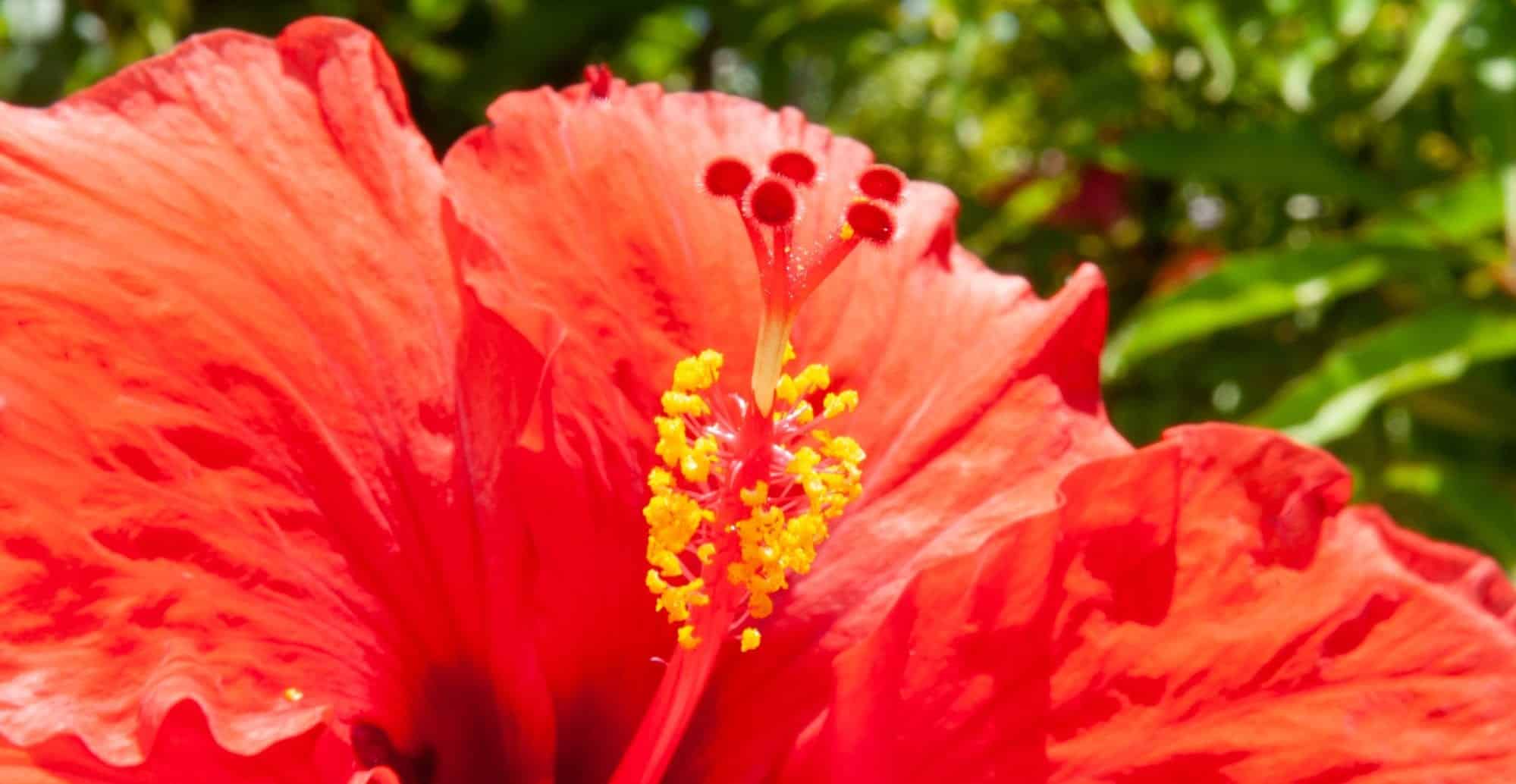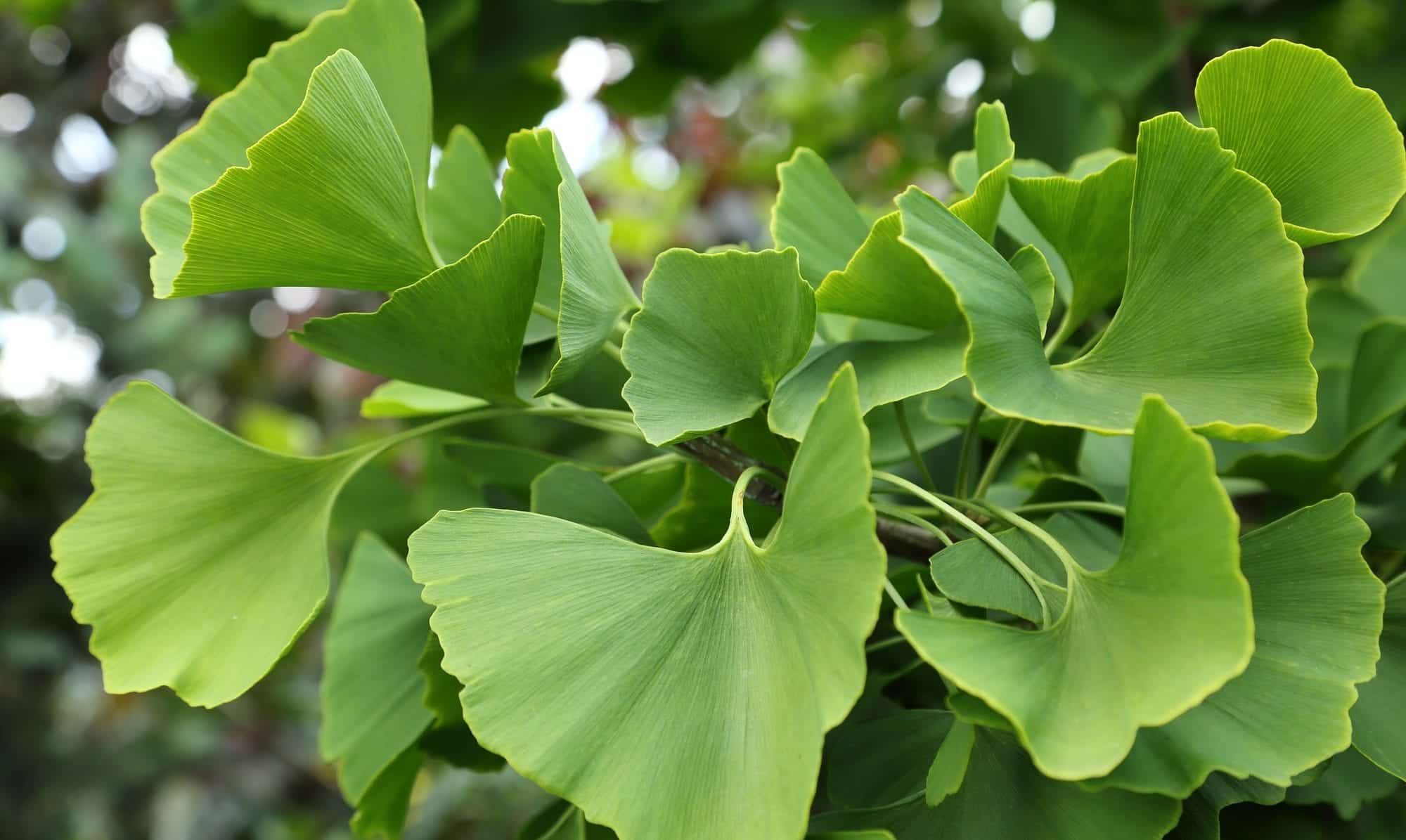
Many people think of the cold, Midwest flyover state of Minnesota as an uninhabitable, tundra-like landscape. Contrary to popular belief, this is far from the truth. Minnesota is home to thousands of beautiful plant species. Many of these native species attract pollinators, like the austere Monarch butterfly. Adding an exotic-looking flower, grass, shrub, or tree species can enhance the allure of your property’s landscape.
Exotic Looking, Not Invasive
Before planting exotic looking plants in your Minnesota landscape, we must denote the difference between exotic looking plants and actual exotic, invasive species. According to the National Wildlife Foundation:
“An invasive species can be any kind of living organism—an amphibian, plant, insect, fish,
fungus, bacteria, or even an organism’s seeds or eggs—that is not native to an ecosystem and causes harm. They can harm the environment, the economy, or even human health. Species that grow and reproduce quickly, and spread aggressively, with potential to cause harm, are given the label ‘invasive.’”
Unfortunately, in recent years, Minnesota ecosystems have been ravaged by invasive species. Tree populations have been devastated in the Midwest by Emerald Ash Borer invasions and Dutch Elm Disease, which causes Elm trees to wilt.
It is critical to ensure that your landscape does not incorporate any non-native invasive species to protect and conserve Minnesota’s natural resources. The Minnesota Department of Natural Resources even actively encourages property owners to consider incorporating native prairie grass and wildflower species into their gardens and landscapes to benefit other native flora and fauna. Some plants native to Minnesota can look just as exotic as species from far away destinations.
Understanding the Landscape
Another critical thing to understand about Minnesota landscapes is how diverse they can be. Minnesota has a vast array of soil types and temperature and precipitation grades. Some flowers and trees will thrive in one area, while others may not.
Luckily, homeowners can utilize the online interactive Plant Hardiness Zone Map created by the United States Department of Agriculture (USDA) to become more knowledgeable about successful planting in their specific zone. The University of Minnesota Extension also offers extensive descriptions of native Minnesota lawn and garden plants and their best planting habitats.
After accessing these useful tools, homeowners should have a better understanding of the soil types and groundwater precipitation levels of the zone that their property falls within. Now the plant selection process can begin.
Attractive Minnesota Landscaping Plants
Minnesota is home to a full breadth of flower, tree, shrub, and grass species that will thrive on your property. Some flowers are annual, meaning you will have to replant them each year. Others are perennial and will come back in your garden each year. This list of exotic-looking Minnesota species contains only perennial plants unless otherwise specified.
Flowers
- Allium – Allium is a fantastic and interesting looking native Minnesota plant. This plant is an onion, and it resembles a dandelion in its “fuzzy” form – except with purple fuzz. Allium is very reminiscent of a flower straight out of a Dr. Suess picture book.
- Gentians – If you desire an otherworldly aesthetic, consider planting any variety of native Gentians. The vibrant purple flowers of this plant start as alien-like enclosed bulbs but then blossom into beautiful, star-shaped flora.
- Flowered Beardtongue – This species is another exotic-looking native plant that looks like it belongs on a planet in a faraway galaxy. The purple, pink, or white bell-like flowers dangle downward, similar to a Foxglove plant. It can grow between 2 and 5 feet tall, making it a great flower to create dimension within a landscape.
- Sedums – Known for their distinctive, star-shaped fleshy leaves, sedums are a hardy succulent plant variety that grows well in the Midwest. It is always interesting to see a home in the middle of the city with Sedum growing, as it looks so similar to typical desert plants.
- Hibiscus – When thinking of a tropical vacation, Hibiscus flowers may come to mind. This gorgeous, large flowering plant attracts tons of butterflies. Though it is easily grown in the warm months, Hibiscus must be brought in during Minnesota winters, so they must remain potted or readily accessible in your garden.
Ornamental Trees
- Ginkgo – Once lined with Dutch Elm and Ash trees, Minnesota boulevards are now beginning to get lined with Ginkgo trees, an ornamental species native to China. It performs well in the Midwest climate and will not spread or cause damage like an invasive species. It is known for its large, uniquely shaped showy leaves.
- Pagoda Dogwood – Dogwood trees make for a fantastic cornerstone on your landscape. These understory trees bloom beautiful white flowers and spread out short and wide, so they look great at the corner of a house or in a front island garden. They are reminiscent of other ornamental Asian tree species.
- Parkland Pillar Birch – If you are looking for more privacy on your property, this birch species is a wonderful option to consider. Resembling the coniferous Cyprus trees of a Van Gogh painting, these deciduous green trees are tall, thin, and bushy. They turn a gorgeous golden yellow during the fall season. Plant them in a line or half circle to create a fence-like enclosure or tree line.
Ornamental Grasses and Shrubs
- Catmint – Catmint is a deer-resistant, flowering shrub that will surely attract a variety of butterflies and other pollinators to your property. The purplish-blue blooms are similar to an exotic Foxglove plant as well.
- Graziella – This tall, showy grass can grow in a variety of zones. It is large, so it makes for a better background plant. The beautiful red seedheads give off high contrast, even in the winter months.
- Switchgrass – Switchgrass is another tall, background grass species that is attractive to songbirds for its seedheads. Although it is native to the Midwest, it can give your property more of a coastal, oceanside feel, especially around waterscapes or pools due to its blue-gray coloration.
- Tatarian Dogwood – This shrubby relative of the Dogwood tree is beautiful in both the summer and winter months. In the winter, the bright red branches contrast nicely with fresh white snow.
- Veronica (Speedwell) – This spikey, pink flowering shrub is durable and drought-resistant, requiring very little landscape maintenance over time. It is incredibly vibrant and resembles a fruit you might see in an exotic grocery market.

Plant Placement
Now that you’ve chosen the most beautiful and exotic looking plant species’ for your Minnesota property, it is time to plan out the landscape design. By doing personal research or consulting with a professional landscape designer, you can ensure that all the newly planted trees, shrubs, grasses, and flowers will flourish.
While it may seem obvious, some gardeners or hobby landscapers might overlook the proper spacing that is necessary for healthy and prosperous plant growth. Taller trees, shrubs, and grasses are going to need a wider berth around their base, especially when planting flowers in the same vicinity since they produce a more considerable amount of shade.
Flowers, of course, need to have plenty of access to sunlight and rainwater. Planting grasses farther back, behind rows of evenly spaced flower arrangements, can add dimension to the landscape while also allowing for sunlight to reach through to the flowers.
When utilizing a landscaping professional, property owners can accurately create stunning landscapes or unique and personalized garden areas. However, gardening and landscape design are essential outside of home lawns and gardens too. Both commercial and residential property owners can procure landscape services to beautify their property.
Conclusion
There is such an immense amount of plant species native to Minnesota and the Midwest that you can choose from to create a beautiful landscape on your property. Minnesota has different plant hardiness zones where certain native species will thrive better than others.
Researching the best locations for specific plant types will lead you on the path towards a flourishing, flower-filled property. Ornamental trees, grasses, and shrubs can bring dimension to the property, while flowers bring that pop of color. Choosing from any of the aforementioned exotic-looking plant species will surely upgrade your property’s curb appeal and bring you joy every time you step out the door.
